The Psychology of Neo-Modernism

What is Neo-Modernism?
Neo-Modernism emerged in the late 20th and early 21st centuries as a thoughtful return to and reinterpretation of modernist principles in architecture. This movement seeks to address the criticisms of modernism while retaining its core values of functionalism, simplicity, and technological innovation. By combining the clarity of modernist design with contemporary concerns about sustainability, context, and human experience, Neo-Modernism offers a nuanced approach to architecture that resonates with the complexities of our time.
Cultural, Technological, and Political Context
The rise of Neo-Modernism can be attributed to several key factors that converged at the turn of the millennium. A growing dissatisfaction with the excesses and irony of Postmodernism led to a desire for more sincere, functional design. This shift coincided with increasing environmental awareness, as concerns about climate change and resource depletion called for a return to efficient, sustainable design principles. Technological advancements played a crucial role, with new materials and construction techniques allowing for the realization of modernist ideals with greater efficiency and sustainability. The process of globalization, while homogenizing many aspects of culture, paradoxically sparked a renewed interest in contextual, place-specific design. Economic shifts, particularly the boom-bust cycles of the late 20th and early 21st centuries, influenced a return to more restrained, timeless architectural expressions. The digital revolution offered new ways to achieve modernist goals, both in design processes and building systems. Simultaneously, growing awareness of social inequalities led to a reevaluation of architecture’s role in creating inclusive, equitable spaces, further shaping the Neo-Modernist approach.
Innovations and Characteristics
Neo-Modernism introduced several innovative approaches to architectural design, blending modernist principles with contemporary concerns. Sustainable modernism became a central tenet, integrating energy-efficient technologies and sustainable materials into modernist forms. The movement emphasized contextual sensitivity, adapting modernist principles to local climates, cultures, and urban fabrics. Human-centered design took precedence, with architects prioritizing user experience and comfort within minimalist spaces. The incorporation of smart building systems allowed for improved performance and adaptability. Neo-Modernism also revisited the concept of material honesty, exploring new materials and fabrication techniques while maintaining modernist transparency. Refined detailing became a hallmark of the style, elevating craft and precision in architectural elements. Additionally, biophilic integration emerged as a key characteristic, with architects finding ways to incorporate nature and natural elements into modernist designs, addressing criticisms of modernism’s perceived disconnection from the natural world.
Key Innovators
Several architects have been instrumental in shaping and defining Neo-Modernism. David Chipperfield is known for his refined, minimalist approach that respects context and materiality. Tadao Ando has mastered the use of concrete in creating serene, light-filled spaces that exemplify Neo-Modernist principles. John Pawson pioneered a highly refined minimalist aesthetic in architecture and design, pushing the boundaries of simplicity. Herzog & de Meuron have innovated in the use of materials and facades while maintaining modernist clarity, often creating buildings that are both contextually sensitive and strikingly contemporary. SANAA, the partnership of Kazuyo Sejima and Ryue Nishizawa, has created ethereal, lightweight structures that push the boundaries of modernist transparency. Peter Zumthor’s work emphasizes materiality and atmospheric qualities in neo-modernist spaces, creating buildings with a profound sense of place. Bjarke Ingels has blended modernist principles with playful, socially conscious design strategies, bringing a new energy to Neo-Modernist approaches.
Related Architectural Styles
Neo-Modernism exists within a constellation of related contemporary architectural styles, each influencing and being influenced by Neo-Modernist principles. Minimalism shares Neo-Modernism’s emphasis on simplicity and essentialism, often overlapping in aesthetic and philosophical approaches. Sustainable Architecture aligns closely with Neo-Modernism’s concern for environmental responsibility, providing strategies and technologies that Neo-Modernist architects frequently incorporate. Critical Regionalism’s focus on contextual sensitivity and local identity resonates with Neo-Modernism’s efforts to create place-specific modernist designs. High-Tech Architecture, with its celebration of technological innovation, intersects with Neo-Modernism’s integration of advanced building systems. Parametricism, while often diverging aesthetically from Neo-Modernism, shares an interest in using computational tools to optimize design. Biophilic Design’s emphasis on connecting buildings with nature has influenced Neo-Modernism’s integration of natural elements. Digital Modernism represents a tech-forward evolution of modernist principles, often aligning with Neo-Modernist approaches to form and function.
Lasting Influence and Modern Context
Neo-Modernism continues to shape contemporary architectural practice significantly. Its principles have become particularly influential in the design of cultural institutions, corporate headquarters, and high-end residential projects. The movement has also had a substantial impact on sustainable design practices, encouraging architects to integrate environmental considerations seamlessly into their work. In urban contexts, Neo-Modernist approaches are often applied in regeneration projects, offering a way to introduce contemporary design while respecting historical contexts. The movement’s emphasis on quality, durability, and timeless design aligns well with growing concerns about sustainability and longevity in architecture. As digital technologies continue to advance, Neo-Modernism is evolving to incorporate parametric design tools and smart building systems, pushing the boundaries of what’s possible within a modernist framework. This fusion of traditional modernist principles with cutting-edge technology is likely to play a significant role in shaping the future of architecture.
Criticisms
Despite its attempts to address the shortcomings of its predecessor, Neo-Modernism has faced some criticisms. Some argue that the refined aesthetic and often high-end materials make Neo-Modernist architecture accessible only to the wealthy, leading to accusations of elitism. Critics suggest that the style can still sometimes fail to fully integrate with diverse cultural contexts, echoing some of the criticisms leveled at original modernism. There are concerns that the minimalist aesthetic can create spaces that feel cold or unwelcoming, potentially prioritizing visual clarity over emotional comfort. While aiming for sustainability, the use of extensive glazing and certain materials in Neo-Modernist buildings can sometimes conflict with energy efficiency goals, presenting challenges in balancing aesthetic and environmental concerns. As the style has gained popularity, there’s also a risk of creating a new form of architectural monotony, ironically echoing one of the criticisms of the original modernist movement.
Ego Perspective: Assertions and Insecurities
Neo-Modernism asserts the enduring relevance of modernist principles in addressing contemporary architectural challenges. It projects an image of refined sophistication and ethical responsibility, positioning architects as thoughtful problem-solvers capable of balancing aesthetic, functional, and environmental concerns. However, the movement also reveals certain insecurities. The attempt to address the criticisms of modernism might be seen as a reaction to anxieties about the failures of 20th-century urban planning and architecture. There’s an underlying fear that architecture may become irrelevant if it fails to address pressing social and environmental issues. The movement also grapples with the tension between universality and specificity. This reflects broader cultural anxieties about maintaining local identity in the face of globalization, as well as concerns about architecture’s role in either exacerbating or mitigating social inequalities.
Jungian Depth Psychology Analysis
From a Jungian perspective, Neo-Modernism can be interpreted as an expression of several archetypes at work in the collective psyche of contemporary architecture. The Sage archetype is evident in the movement’s quest for wisdom through clarity of form and thought, reflected in the clean lines and thoughtful simplicity of Neo-Modernist designs. The Creator archetype manifests in the innovative ways Neo-Modernist architects work within established principles to address contemporary challenges, pushing the boundaries of modernist expression. The Caretaker archetype is expressed in the movement’s concern for human comfort and environmental stewardship, seen in the emphasis on sustainable practices and user-centered design. The Alchemist archetype is present in the transformation of traditional modernist elements into new, sustainable forms, blending the old and the new in innovative ways. The Hero archetype can be discerned in the movement’s striving to overcome the shortcomings of past architectural movements, attempting to ‘save’ the principles of modernism by adapting them to contemporary needs. These archetypal energies coalesce in Neo-Modernism’s attempt to reconcile the idealism of modernism with the complex realities of contemporary life, reflecting a collective effort to heal the perceived rifts between architecture and its social and environmental contexts, and addressing the shadow cast by some of modernism’s less successful outcomes.
Bibliography: Neo-Modernism in Architecture
Chipperfield, D. (2012). Theoretical Practice. London: Artemis.
Curtis, W. J. R. (1996). Modern Architecture Since 1900 (3rd ed.). London: Phaidon Press.
Dal Co, F. (2018). Tadao Ando: The Colours of Light. London: Phaidon Press.
Frampton, K. (2007). Modern Architecture: A Critical History (4th ed.). London: Thames & Hudson.
Ingels, B. (2010). Yes is More: An Archicomic on Architectural Evolution. Cologne: Taschen.
Ibelings, H. (1998). Supermodernism: Architecture in the Age of Globalization. Rotterdam: NAi Publishers.
Jencks, C. (2002). The New Paradigm in Architecture: The Language of Post-Modernism. New Haven: Yale University Press.
Jodidio, P. (2019). Tadao Ando: Complete Works 1975-Today. Cologne: Taschen.
Koolhaas, R. (1995). S,M,L,XL. New York: The Monacelli Press.
Levene, R. C., & Márquez Cecilia, F. (Eds.). (2010). Herzog & de Meuron 2005-2010. Madrid: El Croquis.
Pawson, J. (1996). Minimum. London: Phaidon Press.
Ruby, I., & Ruby, A. (2006). Groundscapes: The Rediscovery of the Ground in Contemporary Architecture. Barcelona: Gustavo Gili.
Safran, Y. (2014). John Pawson: Works. London: Phaidon Press.
Sejima, K., & Nishizawa, R. (2010). SANAA: Works 1998-2008. Tokyo: TOTO Publishing.
Steele, J. (2017). Contemporary Japanese Architecture: Tracing the Next Generation. London: Routledge.
Sudjic, D. (2006). The Edifice Complex: How the Rich and Powerful Shape the World. London: Penguin Books.
Tschumi, B., & Cheng, I. (2003). The State of Architecture at the Beginning of the 21st Century. New York: The Monacelli Press.
Wang, W. (2015). Culture:City. Zurich: Lars Müller Publishers.
Zumthor, P. (2006). Atmospheres: Architectural Environments – Surrounding Objects. Basel: Birkhäuser.
Zumthor, P. (2010). Thinking Architecture (3rd ed.). Basel: Birkhäuser.
Read about the Psychology of Other Styles of Architecture
The Psychology of Architecture
The Psychology of Architecture



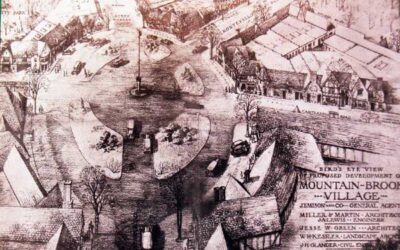




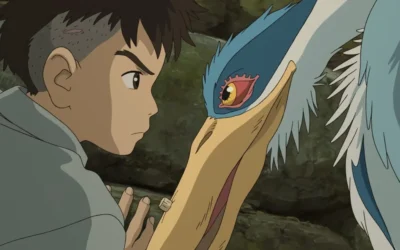









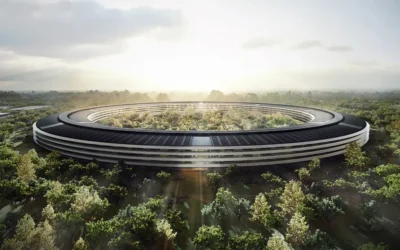

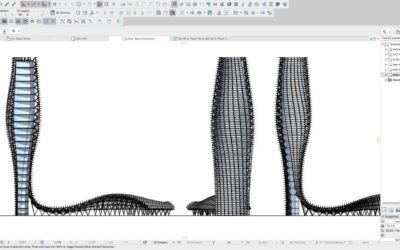

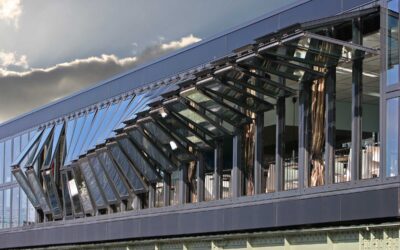
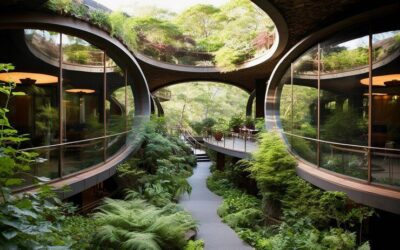
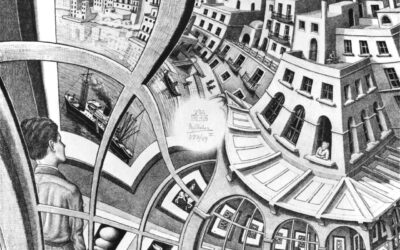
0 Comments